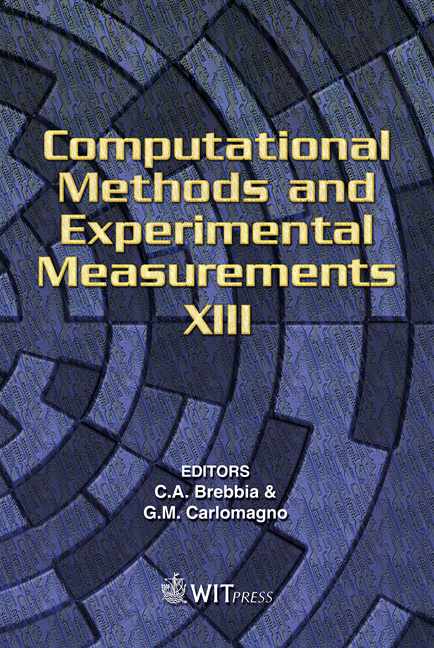Incorporating Computational Fluid Dynamics In The Design/build Of A Single Family Residence
Price
Free (open access)
Transaction
Volume
46
Pages
7
Published
2007
Size
1,174 kb
Paper DOI
10.2495/CMEM070341
Copyright
WIT Press
Author(s)
J. Chang & N. Rosemann
Abstract
This paper discusses the design, development, and construction of a single family residence approximately 112 m2 (1200 ft2) in size that was designed and constructed by a team of graduate and undergraduate architecture students within a single semester. The project involved the implementation of computational fluid dynamics (CFD) during the design development stage of the project to achieve appropriate mechanical distribution of conditioned air. The computer simulated analysis of the environment focused on the ventilation effectiveness and temperature distribution of the home’s mechanical system. The paper also discusses the results of a comparative analysis of the simulated data and that of the experimental data taken of the building after the completion of construction prior to occupancy. The findings of this project provide insight into how CFD can be better incorporated into future studio design/build projects. Keywords: design-build, design studio, computational fluid dynamics, prefabrication, modular design, computer simulation, temperature distribution, architectural education, residential architecture, environmental analysis. 1 Introduction When it comes to design/build projects in architecture schools, more often than not the projects are executed with insufficient analysis of the design’s environmental performance. This oversight can become more evident as the project increases in scope while maintaining the same time frame of one semester. As with any project dealing with the built environment, attention should be given to its environmental performance to better provide occupants a healthy, effective, and efficient environment.
Keywords
design-build, design studio, computational fluid dynamics, prefabrication, modular design, computer simulation, temperature distribution, architectural education, residential architecture, environmental analysis.





